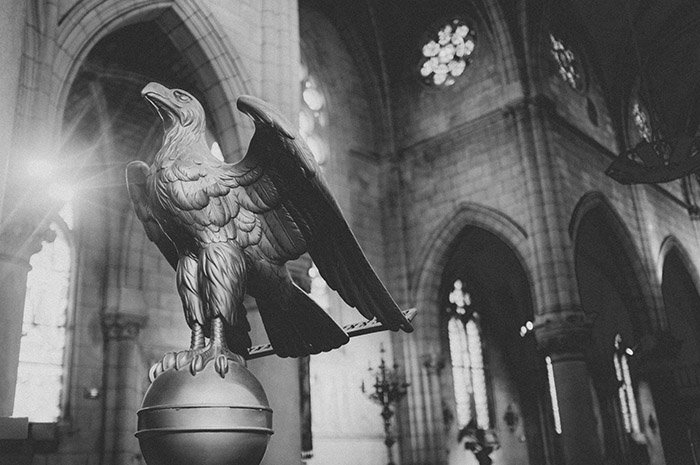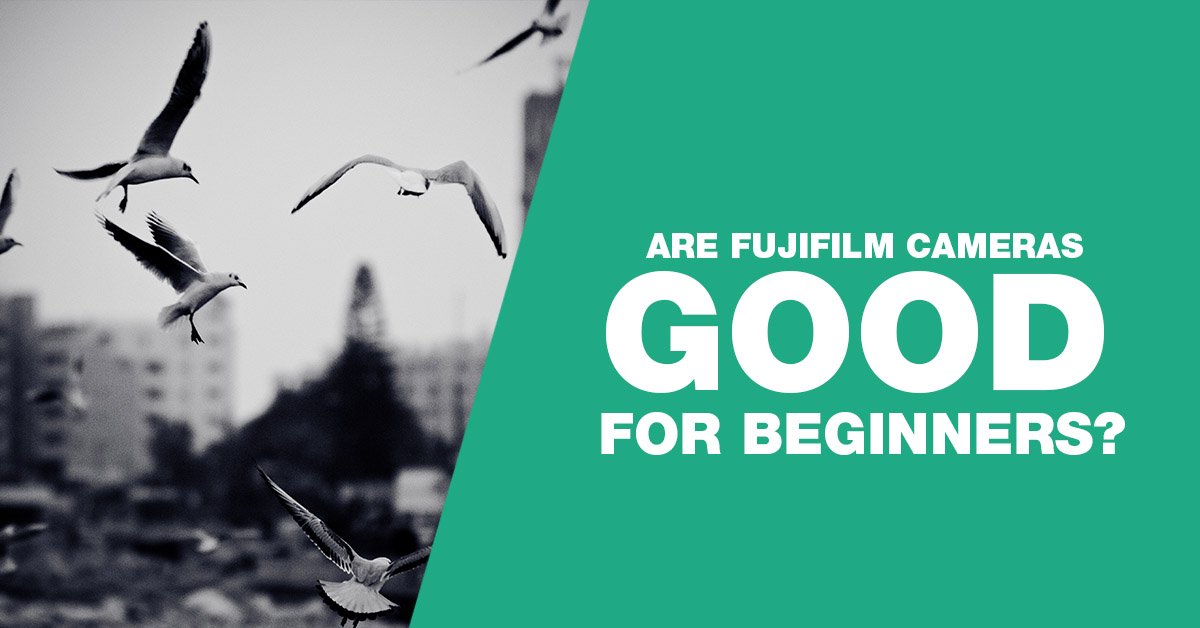One thing you never want to get wrong is your first camera. The look cool but are Fujifilm cameras good for beginners? Here’s 5 killer reasons why.
- Introduction
- Are Fujifilm cameras good for beginners?
- 1. It’s completely automatic
- 2. Easily learn photography step by step
- 3. You get to understand aperture better
- 4. You are limited and that’s great
- 5. Learn previsualization like a master
- 6. Upgradeable if you need it
- 7. It makes you want to use it
- Conclusion
Introduction
There’s many cameras in Fuji’s stable adequate for someone just starting photography but for this article about if Fujifilm cameras are good for beginners we will focus mainly on the Fujifilm X100V. There’s a few reasons for this.
First it’s very affordable, upgradeable to a point and to be honest the only camera most photographers will ever need. It’s so good that many professional photographers like Annie Leibovitz use it too. Anyway let’s get into our reasons why Fujifilm cameras good for beginners.
Are Fujifilm cameras good for beginners?
As a professional photographer, when I started Fujifilm with their X cameras were not around. That is a shame because this is the kind of camera that is absolutely perfect for beginners. Here’s why.
1. It’s completely automatic
First things first, when you are brand new to photography you do not want to be overwhelmed, so while Fuji cameras can be completely manual, they can also be completely automatic as a starting point in your journey.
This is crucial as you want to get your feet wet on automatic and then gradually move to manual. Hence the next point…

2. Easily learn photography step by step
One of the hardest parts in learning photography is going manual. This camera of course will let you shoot half automatic modes but more importantly you have a clear idea of what is happening in the camera.
It is a completely different experience when you have a random 1/125 pop out in an LCD on a DSLR vs seeing it right there on a dial, and seeing all of the options. Dials make Fujifilm cameras good for beginners because it’s so hands on.

It is easier to experiment and “get” it. Plus there is no better way to learn what the aperture does than on a Fuji because the aperture ring is right on the lens and not a random number on an LCD.
The manual retro interface makes it incredibly easy to step up as you grow comfortable in your skills.
3. You get to understand aperture better
When you are starting, one of the trickiest part of photography is aperture. Because Fujifilm cameras are mostly APSC sensors and have fast lenses, you get to see the effect of apertures for yourself. Put it at f2 and you see a blurry background. This is simply not possible on a small sensor camera or a camera with a slow lens, which most DSLRs come with.
4. You are limited and that’s great
One of the worse things you can do as a beginner is learn on a zoom. Why? Because it will make you lazy. You will default to center the subject and zooming in. With a fixed lens, you have to let your brain work to make the composition work. Everything is easy if you have a long zoom lens but if you have a wide angle you have to pay careful attention to your background and leading lines.

The 35mm of the X100 is the goldilocks focal length, it is not too wide and not too narrow perfect for beginners to earn their stripes. With a fast f2 aperture there is not a lot this lens can’t do and it is probably a better lens to learn photography because it forces you to find the better composition.
5. Learn previsualization like a master
Having a hybrid viewfinder, you can shoot with the electronic viewfinder like any other camera, but once you start getting comfortable with it, you can switch on the optical viewfinder. This is very helpful in teaching you how to see images and how they translate into images.
When you always see what you are going to get on a screen, the brain doesn’t try to visualize how the image is going to look. But with an optical viewfinder the brain is on turbo, trying to anticipate how the image will look like once taken, just like master photographers.
6. Upgradeable if you need it
Lastly the X100 can be upgraded if you need it with the conversion lenses. You might get comfortable with the 35mm and want wider so you can get the 28mm conversion lens. If you want something to reach further there is also a 50mm conversion lens.

With these 3 lenses there is very little you cannot do (unless you are into nature photography, that requires specialized long lenses). So this camera is the only one you need and will be a friend to you from beginner to professional photographer.
7. It makes you want to use it
One of the most underrated aspects of cameras is the emotional aspect of them. It is NOT just about the megapixels and the specs, it is also about how the camera makes you FEEL. The X100F will make you feel a certain way that I could only dream of when I started with my DSLR.
Simply put: It makes you want to use it. And the more you use it, the better you will get a photography. The better your images, the more you will want to use it providing a positive feedback loop. How a camera makes you feel might seem like a completely bogus reason to select one but take it from a professional that shot with all the brands under the sun, the most underrated aspect of cameras is how they make you feel when you shoot them.
Plus there is one more advantage: It is compact. It didn’t take long for me to resent my camera as a beginner because I needed to lug around a large bag everywhere. With a smaller compact camera this is a non issue.

Conclusion
So are Fujifilm cameras good for beginners? A resounding yes, even more if you chose the X100F, the perfect camera for beginners that will teach you photography in an intuitive way.
It makes you want to use it, the lens is perfect to see the effects of aperture and with the design it helps teach photography concepts like previsualization and shutter speed. There is no better camera to start photography with…and to keep doing it with.
Get the Fuji X100F it’s great for beginners and arguably one of the best cameras ever made.

